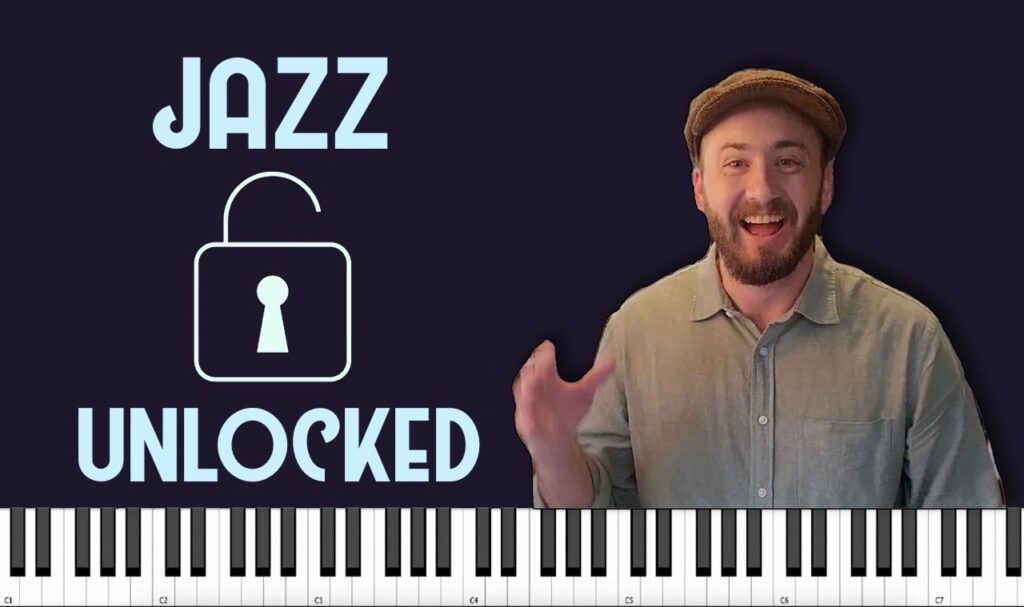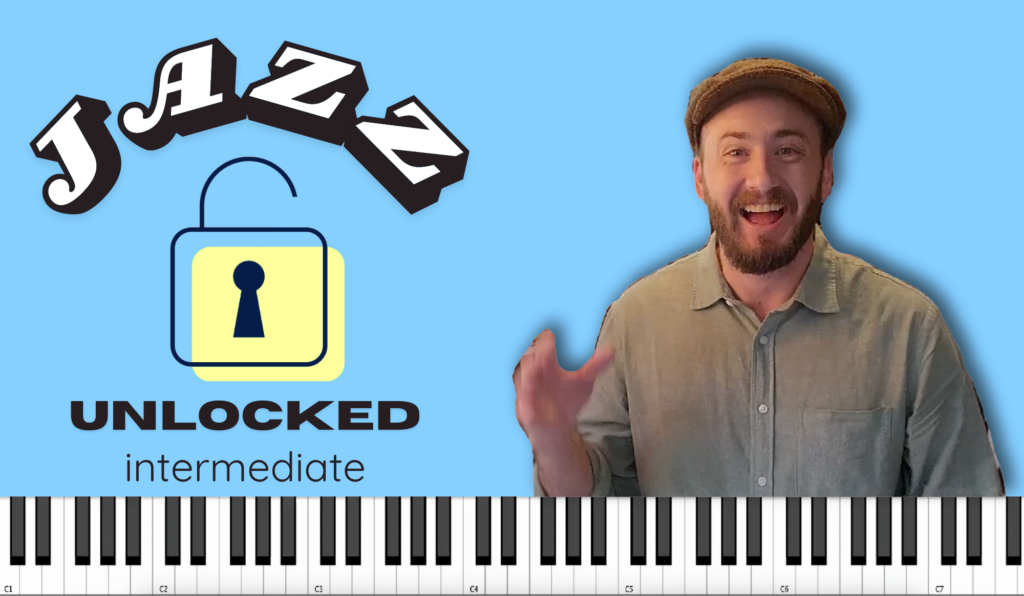Understanding Classical vs. Jazz Musical Notation
For centuries, music notation has served as the universal language of musicians, but like spoken languages, it has developed distinct dialects. The written languages of Classical and jazz music, while sharing common roots, have evolved to serve their unique musical traditions. Let’s explore three fundamental differences in how these genres put music to paper.
From Engraving to Lead Sheets: The Art of Musical Penmanship
Classical music notation emerged from the meticulous art of engraving. Early music publishers would carefully carve each note, stem, and flag into metal plates, creating pristine, uniform symbols that reflected the precision expected in Classical performance. This tradition of exactitude continues in modern Classical scores, where every articulation mark and dynamic indication is precisely placed.
Jazz notation tells a different story. Often early jazz compositions where handwritten (if written down at all), and jazz notation embraced a more immediate, handwritten aesthetic. This style reached its apex with the infamous “Real Book,” first circulated as handwritten copies among Berklee College of Music students in the 1970s. The loose, organic appearance of jazz notation reflects the music’s emphasis on personal interpretation and improvisation. Even now, digital music writing software includes notation fonts that look like they are handwritten, preserving the aesthetic and tradition!
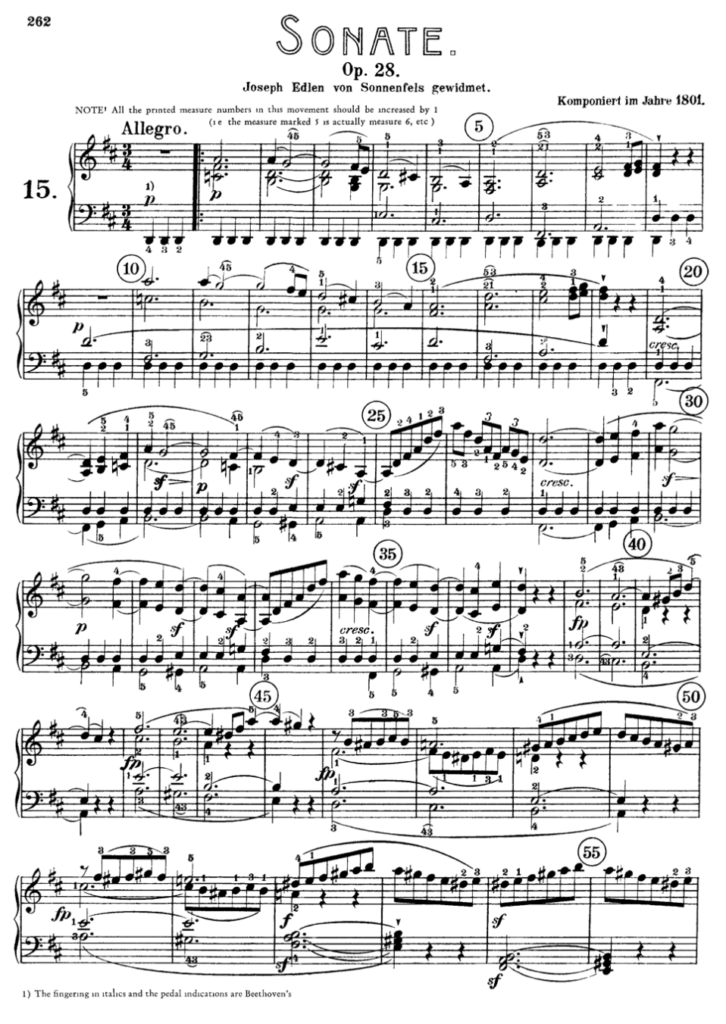
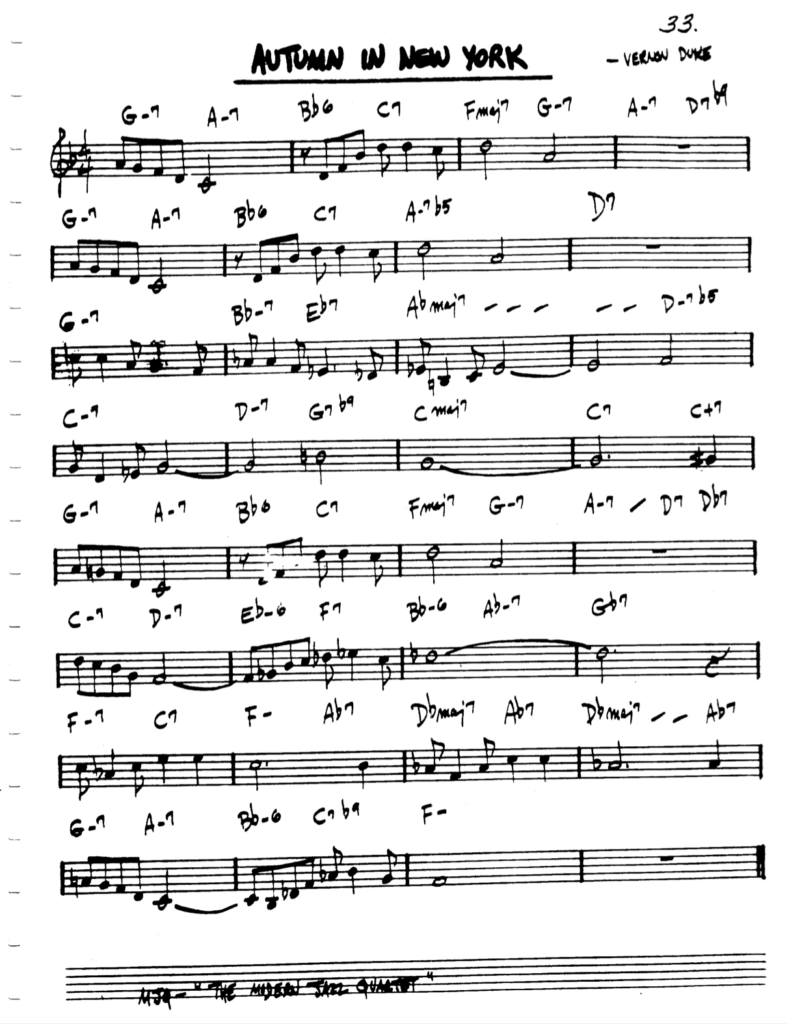
All the Extra Notes: Ornaments From Trills to Falls
Classical music developed an elaborate system of ornaments during the Baroque period. Composers like Bach and Handel used symbols such as the mordent, trill, and turn to indicate specific melodic embellishments. These ornaments were codified and standardized, with precise rules governing their execution.
Big band jazz created its own vocabulary of ornamental symbols. The “fall” (a dramatic descending glissando), the “doit” (an upward pitch bend), and the “shake” (a wide, aggressive vibrato) capture the expressive techniques that became signatures of jazz performance. These big band ornaments can be heard in almost every large ensemble since the Swing Era. Count Basie’s band features many “shakes” in this video below.
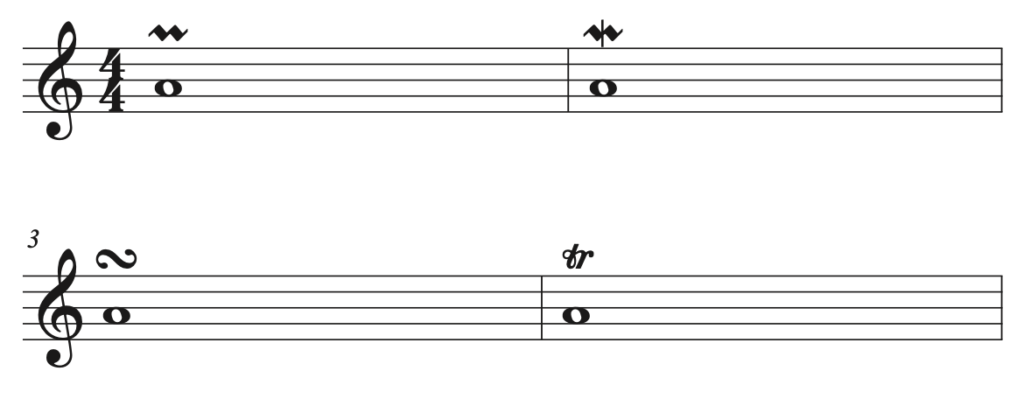
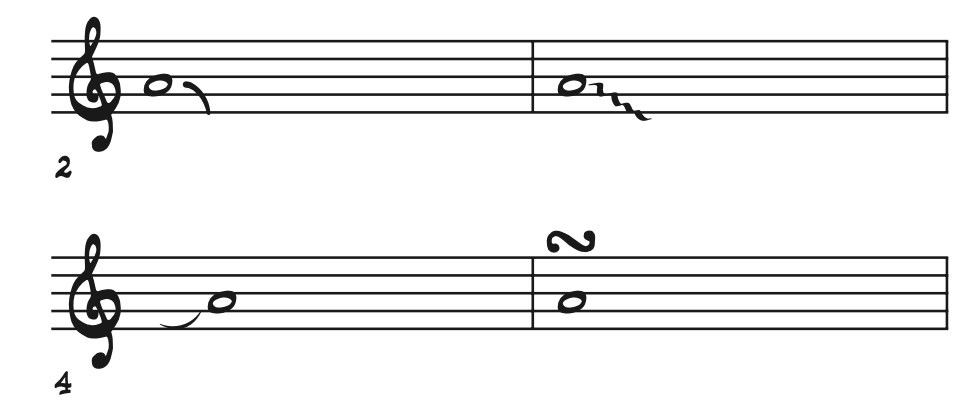
Harmony on Paper: Roman Numerals Meet Chord Symbols
Classical music’s approach to notating harmony evolved from the Baroque practice of figured bass, where numbers below a bass line indicated the intervals to be played above it. This developed into the Roman numeral system used today, which elegantly expresses both a chord’s quality and its function within a key. A progression like I-IV-V7-I immediately communicates both the chords’ structure and their role in the musical narrative.
Jazz harmony, with its extended chords and complex alterations, demanded a more practical system. Jazz musicians developed chord symbols that prioritize immediate recognition and flexibility in performance. A chord symbol like Cmaj13(#11) instantly tells a performer the root (C), the basic quality (major), and the extensions (13th and raised 11th) while leaving room for personal interpretation in voicing and rhythm.


Understanding these notational differences isn’t just academic – it’s essential for musicians who want to move fluently between genres. Each system elegantly serves its musical tradition: Classical notation’s precision supports faithful interpretation of complex orchestral works, while jazz notation’s flexibility (such as in chord symbols) enables spontaneous creativity within established frameworks. They also each faithfully capture the musical vocabulary of each genre.
As jazz continues to evolve and cross-pollinate with other genres, these notational traditions aren’t static. They’re living languages that adapt to new musical ideas while preserving the essential character of their respective traditions. Whether you’re a Classical musician exploring jazz or a jazz musician diving into Classical repertoire, appreciating these different approaches to writing music can deepen your understanding and performance of both genres.
Eager to learn how jazz melody, harmony, and rhythm are unique? Want to learn in a way that isn’t dry, but rather transforms how you appreciate and listen to jazz? Check out our Jazz Unlocked courses! Our first course starts from the ground up, telling the story of jazz from the emergence of solos to the development of jazz chords. Our second course picks up and analyzes the language of bebop solos, rhythms of Thelonious Monk, and more! Both courses are on sale now!! Learn more by clicking/tapping below.
